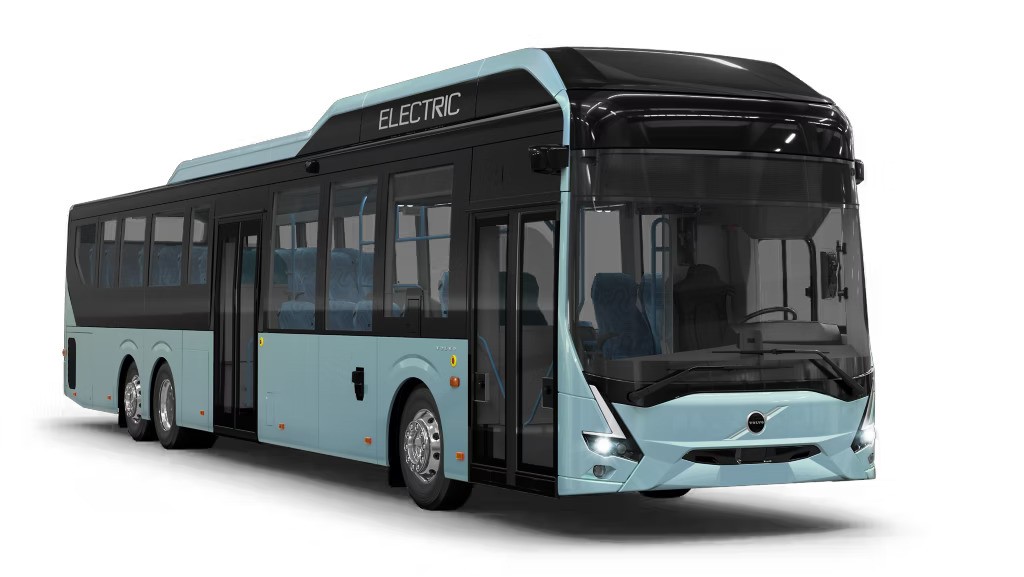The Swedish company is positioning the new 8900 Electric as an all-electric, low-entry bus for urban, intercity and commuter service. It comes in two lengths (12.3 or 14.9 meters) and can be equipped with four to six battery packs, each with 90 kWh, providing a maximum total energy content of 540 kWh. There is a choice of a 200 kW single-motor version or a 400 kW dual-motor version.
Volvo's 8900 Electric intercity bus is the first model on the BZR Electric platform. The body for the Volvo 8900 Electric will be manufactured by the selected partner, MCV. It complements the 7900 Electric city bus, which is based on Volvo's mixed platform for low-floor vehicles. The 7900 Electric is available as a diesel, CNG, hybrid, or purely electric solo and articulated bus. As a battery electric vehicle (BEV), it has a battery capacity of up to 470 or 565 kWh (18.7 m variant).
The 8900 Electric, set to be released in 2025, will also be available in two body lengths. The two-axle version is 12.3 meters long and can accommodate 88 passengers, 43 of whom are seated. The three-axle version is 14.9 meters long and can carry 110 passengers, 57 of whom are seated. The smaller 8900 has a gross vehicle weight rating of 20.6 tonnes, while the longer version has a rating of 27 tonnes. Both variants have the same width and height of 2.55 and 3.6 meters, respectively. The wheelbase of the three-axle version is 7 meters, while the two-axle version has a wheelbase of 6.1 meters.
Volvo states that each battery pack weighs 535 kilograms. The 8900 model can hold four or five packs, providing a capacity of 360 or 450 kWh. The longer intercity bus is designed for four to six packs, allowing a maximum capacity of 540 kWh, in addition to 360 and 450. Volvo does not provide information on the range, but specifies the use of NCA chemistry batteries. The charging port can be placed on the left or right side.
Sources: Volvo Buses, Sustainable Bus

